Ever arrived at your dream destination just as the sun was setting? That soft evening light might make for a great Instagram photo, but it also means you’ve lost a whole day of adventure. If you’re working with limited vacation time — or simply want to make the most of your arrival — you need to maximize daylight at your destination. This blog shows you how to book flights strategically so you can land when it counts: while the sun is still high and the city is alive.
Why Arrival Timing Matters More Than You Think
The golden hour isn’t just for photographers — it’s also the perfect time to settle into a new city. Arriving during the day gives you time to find your bearings, check into your hotel without rushing, and squeeze in a walking tour, a coffee break, or even an impromptu street market stop. Arriving late at night often means you’re paying for a full night at your hotel just to sleep — and you’re starting your first day already tired.
Travel fatigue, missed transportation connections, and jet lag hit harder when you land after dark. If you really want to maximize daylight at your destination, focus on landing at the right time — not just getting the cheapest ticket.
Choose Flights That Land Between 10 AM and 2 PM (Local Time)
This is the travel sweet spot. A late morning or early afternoon arrival means you’ve dodged the red-eye fatigue but still have plenty of sunshine to get out and explore. It also aligns with most hotel check-in times, meaning you’re less likely to be stuck waiting in a lobby with your luggage.
To maximize daylight at your destination using this strategy, tweak your departure city’s time zone and find arrival slots in that mid-day window. Use tools like Google Flights or Skyscanner and filter for arrival time, not just departure.
Use the Time Zone Difference to Your Advantage
Eastbound flights (like New York to London) are notorious for “stealing” hours due to time zones, while westbound flights (like Tokyo to Los Angeles) often “give” you hours back. If you’re flying east, leaving in the early evening and arriving mid-morning is ideal. You’ll sleep (hopefully) on the plane and still arrive with the full day ahead.
Flying west? Book a morning departure and arrive before noon, local time. You’ll feel like you gained an entire bonus day — even though you spent it in the air. Apps like TimeAndDate.com can help you map this in advance.
Opt for Direct Flights Whenever Possible
Yes, connections might save you money, but they can cost you daylight. Layovers add hours, increase delays, and often leave you landing after dark. If maximizing sunlight is your priority, direct is best. It minimizes risk and maximizes your ability to arrive rested and ready to go.
If your only option is a connecting flight, keep your total travel time under 15 hours door-to-door. That way, you still have a solid chance to maximize daylight at your destination when you finally land.

Track Sunrise and Sunset Times at Your Destination
Arriving at 5 PM in Iceland in summer is perfect. In winter? You’ve already missed sunset. Use a tool like Sunrise and Sunset Calculator to check how much daylight you’ll have based on your arrival day. Especially for destinations near the poles or the equator, daylight hours shift dramatically with the seasons.
A 2 PM landing in Norway in December gives you twilight. The same flight in July? Endless sunshine. Planning around the local sun cycle ensures you won’t step off the plane into darkness — or worse, miss the views entirely.
Build in a Buffer Day When Possible
Sometimes the best way to make sure you get maximum daylight is to not cram too much into Day One. Arrive early, nap lightly, explore slowly, and stay awake until a normal bedtime. That small buffer gives your body time to adjust and makes Day Two the real starting line.
Even if you’re just taking it easy, any sunlight you absorb helps regulate your body clock — another way to maximize daylight at your destination by syncing your rhythm with the local one sooner.
Every trip is precious — and every hour of sunlight can make it better. If you want to maximize daylight at your destination, it’s not about spending more. It’s about planning smarter. From using flight search filters to understanding how time zones stretch or shrink your travel days, daylight-friendly travel is within your reach.
Have you ever landed at the perfect time and felt like you gained an extra day? Or arrived in the dark and missed out? Share your best timing tips in the comments — and follow us for more ways to make your travels brighter, smoother, and better planned.
Catch up on the top stories and travel deals by subscribing to our newsletter!

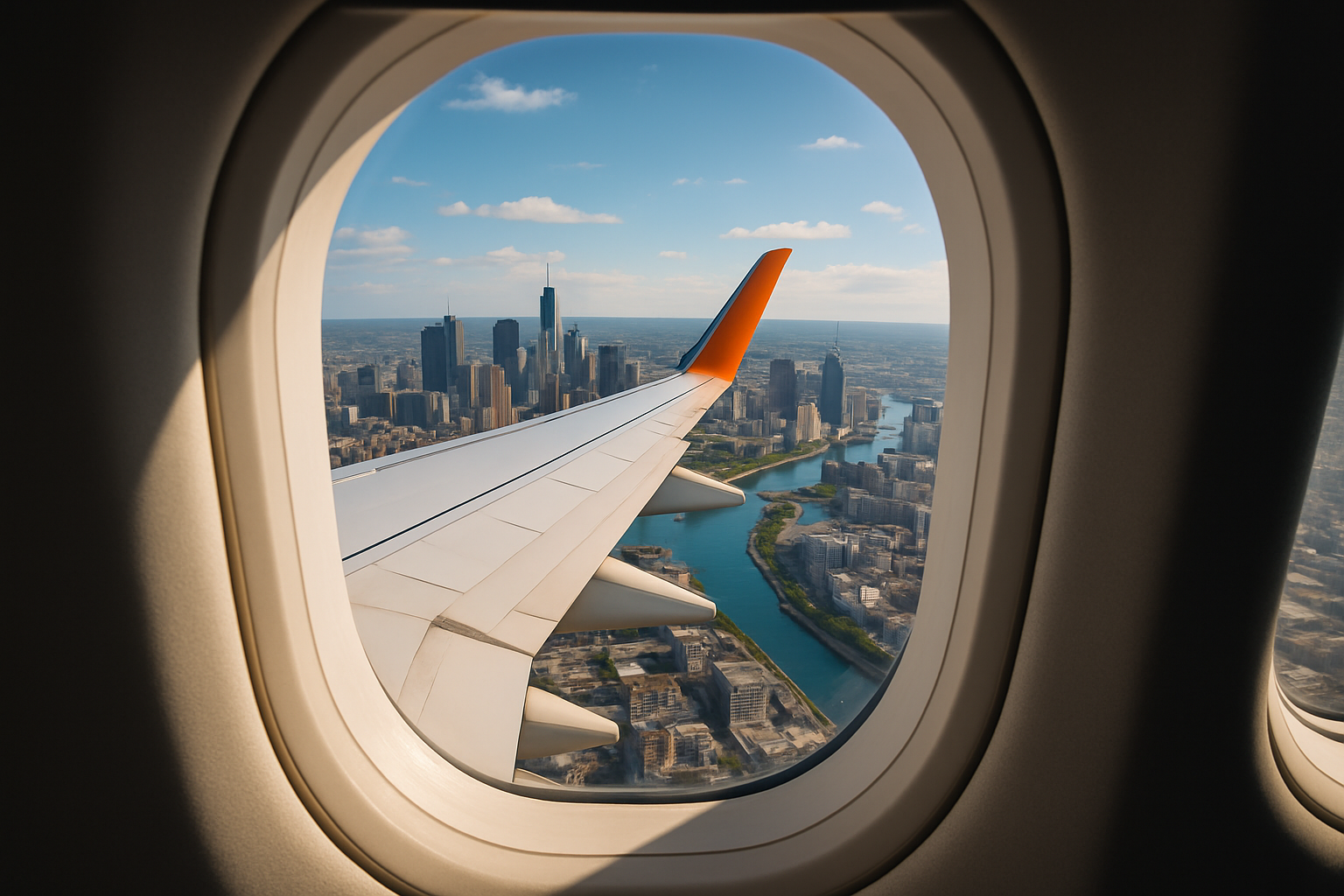


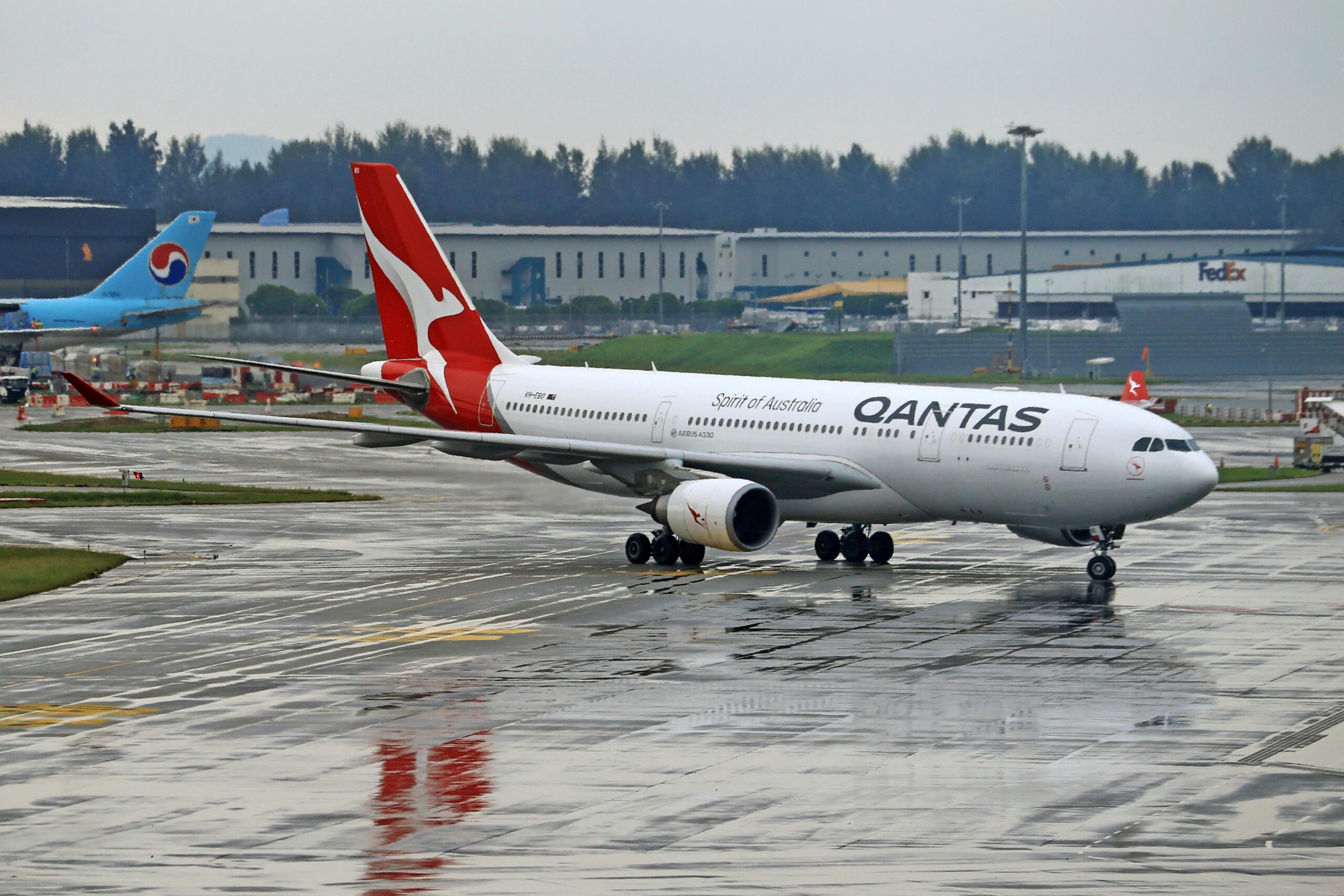
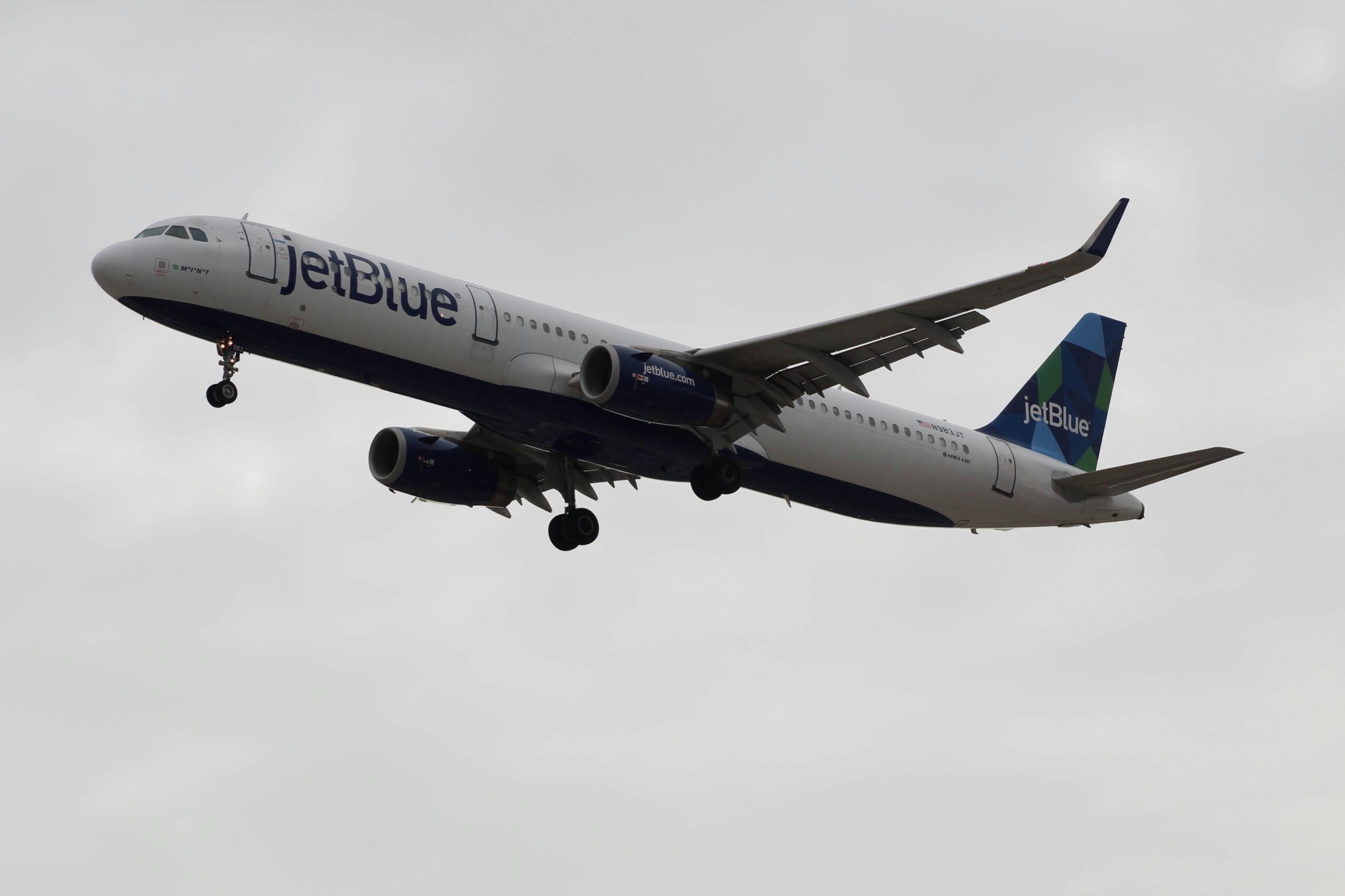



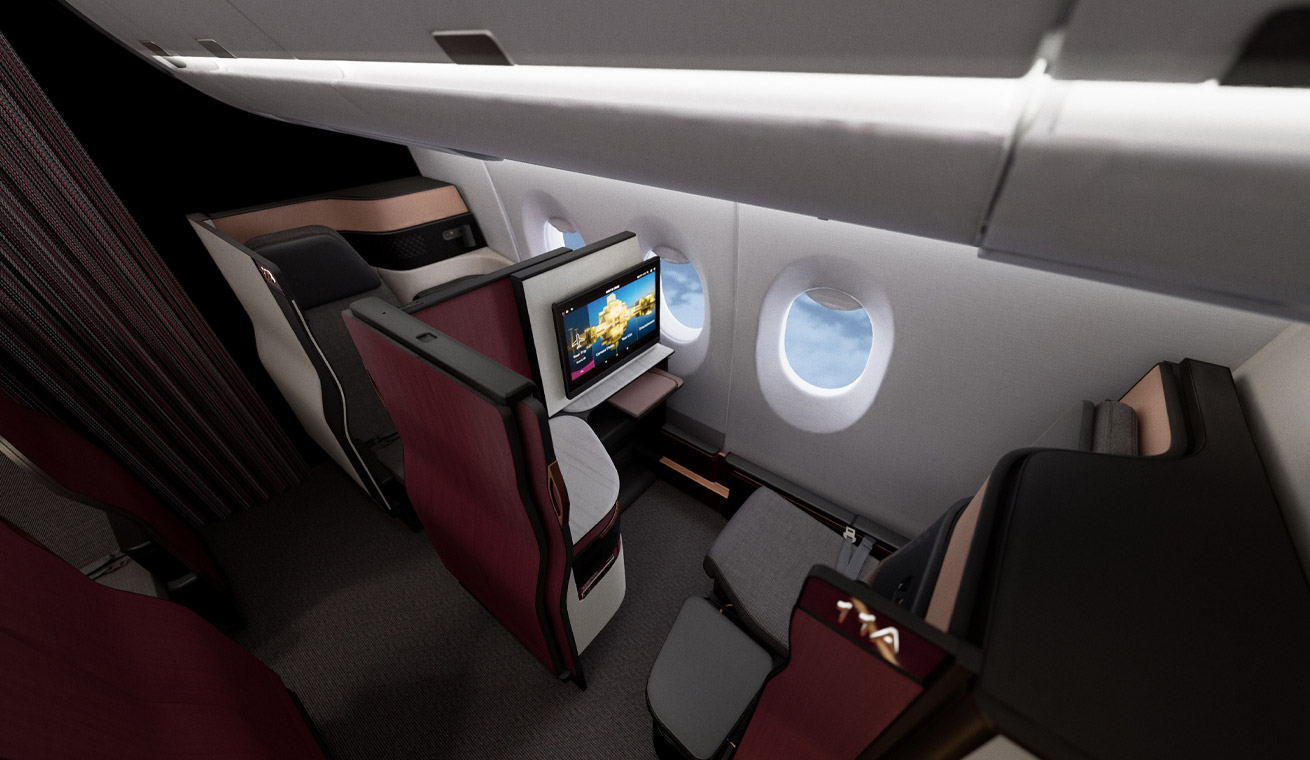

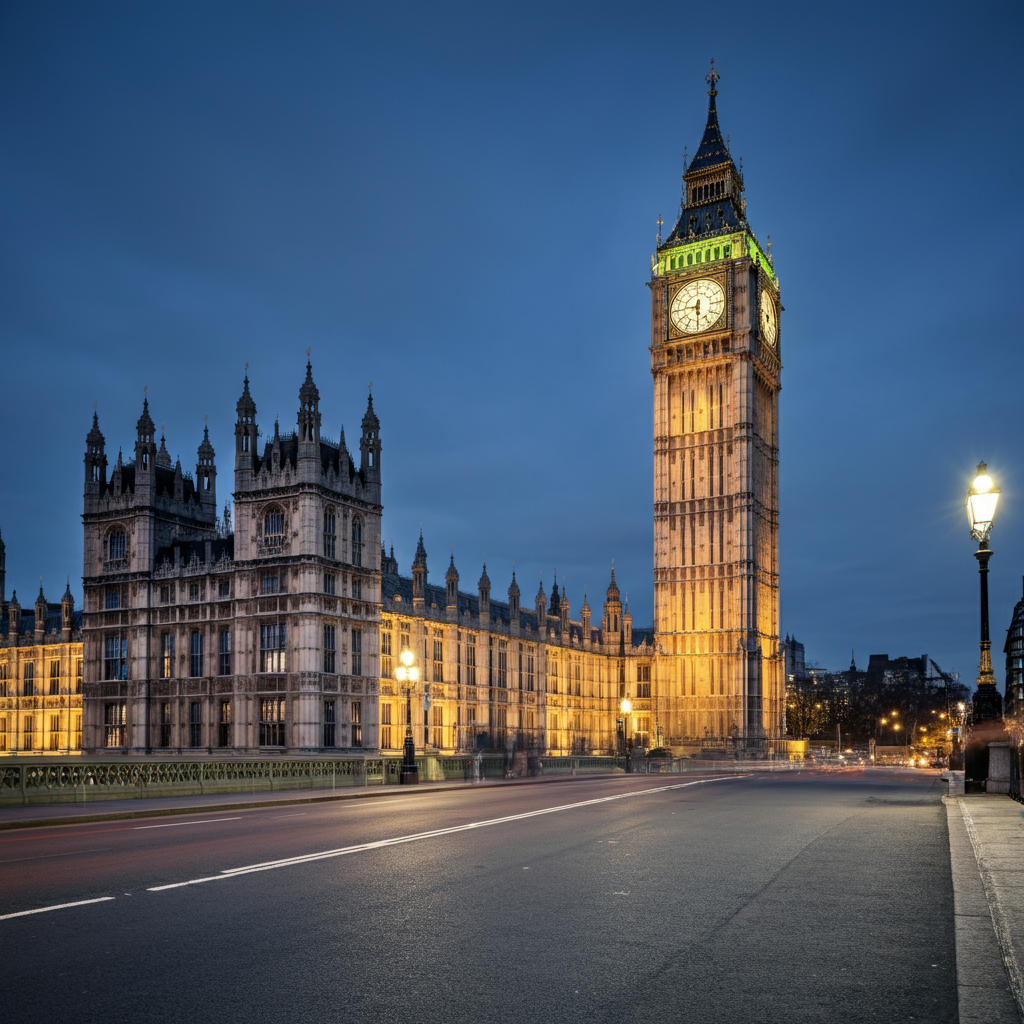
Leave a Reply